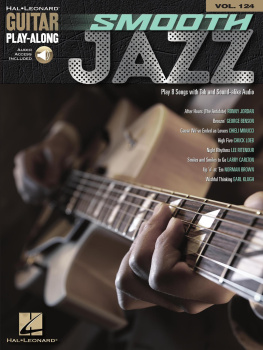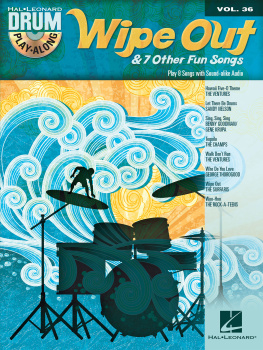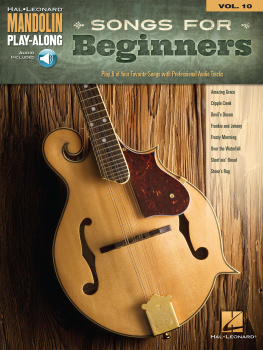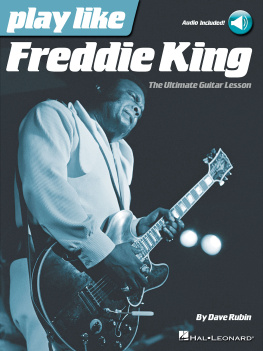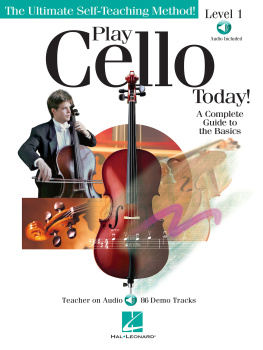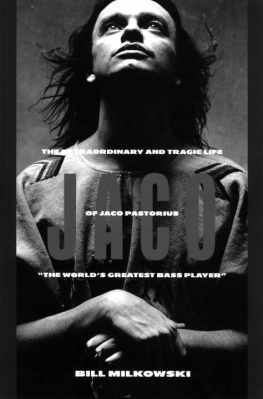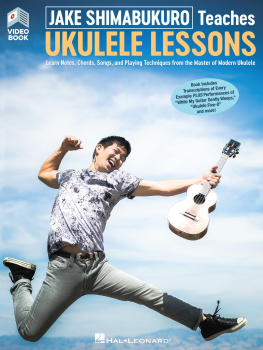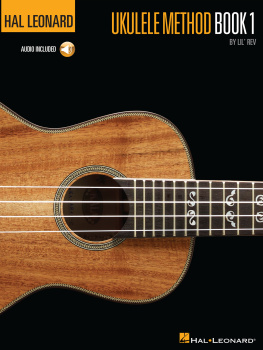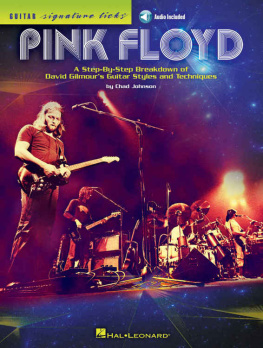7777 W. Bluemound Rd. P.O. Box 13819 Milwaukee, WI 53213
Infringers are liable under the law.
Foreword
by Robert Trujillo
When Jon Liebman asked me to write the foreword to this great new book, Play Like Jaco Pastorius , I was honored. Though I dont believe anyone could actually play or compose exactly like him, we can all try to make the most of it and apply that to our creativity (because thats what Jaco would want).
John Francis Pastorius III is my biggest influence. He represents pure energy, fearless energy that makes you believe that the sky is the limit, and he is the conduit to so many groundbreaking classic recordings!
When I first heard the name Jaco, there was a certain mysterious quality: J-A-C-O, just four letters. In 1979, at age 13, I saw my man of mystery, J-A-C-O, perform with Weather Report. It really did change my life. I ended up having the great fortune of witnessing his brilliance four different times after that unforgettable night at the Santa Monica Civic Auditorium. Each concert was unique and special, with so many diverse tribes of people gathering to check out the magic man and his bass.
Wayne Shorter called him a superhero and thats what he represented to me. A daredevil in life, a punk in attitude and edge, fretted or fretless, he could balance and harness all of it with dynamic range and bass notes of love crying out with power and beauty. This goes beyond any one style, because groove master Jaco was undeniably funky, had his ability to swing, and his wall of distortion, a sound that could rip your head off.
Thank you, Jon, for bringing attention to Jaco Pastorius music, technique, and unique style, inspiring bass guitarists young and old to Play Like Jaco and learn about his approach to melody, harmonics, false harmonics, muted super staccato attack, etc. Theres nothing like it.
Let the journey begin!
Cheers!
Robert Trujillo is a true music icon, highly acclaimed for the impact hes made with Metallica, Infectious Grooves, Mass Mental, and Suicidal Tendencies. A Rock and Roll Hall of Fame inductee, Robert is also the producer of the award-winning feature film documentary, JACO.
Introduction
So much has been said and written about Jaco Pastorius, its often a challenge to decipher whats true, whats been embellished, and whats just plain made-up. Theres no question, however, that Jaco Pastorius was a genuine innovator who revolutionized the way the bass guitar is played today.
In this book, well talk about Jacos unique style of bass playing, the techniques that he perfected, and the treasure trove of musical brilliance that he left behind. Well start by talking about Jacos gear, including the famed Bass of Doom. Then well dive right in, dissecting and analyzing Jacos music and approach to the bass. Well look closely at Jacos signature songs and riffs, with tips on how to play them. Well explore his essential techniques and licks, with dozens of examples from Jacos unsurpassed well of creativity. Well also examine Jacos stylistic DNA and assess how he applied those techniques and licks to his music in a way that made him sound like nobody else.
At the end of the book, Ive included a list of must hear recordings and must see DVDs and videos by Jaco. I mean, we can talk about Jacos music all day long, but theres no substitute for seeingand hearing! Jaco Pastorius play the bass. He was truly one of a kind.
I am incredibly fortunate to have seen Jaco perform live countless times. I feel especially blessed to have spent time with Jaco, one on one, talking about music, bass, Weather Report stories, comparing fingeringseven jamming with him in his living room! Jaco was truly a very unique individual.
I also had the dubious experience of seeing Jaco jump onto the stageand subsequently get hauled away by securityat that infamous Santana concert in Fort Lauderdale in September of 1987, just hours before the tragic event that ended his life. Sadly, hes gone now, but Jaco left a legacy that will remain unsurpassed for untold years, perhaps even forever. I only hope I have done justice to the immeasurable impact Jaco made on us all.
Jon Liebman
All the music selections in this book are intended to be played on fretless bass, unless otherwise noted.
About the Audio
All bass tracks for this book performed by Jon Liebman.
Gear
Jaco never really went nuts when it came to equipment and effects. Once he found what he liked, he pretty much stuck with it. Jacos arsenal of equipment was, for the most part, confined to his trusty Fender Jazz basses (one fretted, one fretless), Acoustic 360 amps, and Rotosound strings. He liked the tone that he was able to achieve from this combination, which accounted for much of his signature sound. Of course, Jacos technique, especially with the fretless, was a major component of his sound. Jaco tended to play very close to the bridge, with the tone controls adjusted as needed.
Primary Basses
Jacos preferred instruments were Fender Jazz basses from the early 60s. His primary basses were a 1960 blonde Fender Jazz fretted bass and a 1962 sunburst Fender Jazz fretless bass, the latter known as the legendary Bass of Doom. Jaco reportedly paid less than $100 for each instrument. Varying accounts exist on the history of the fretless bass; specifically, whether the frets were removed before or after Jaco acquired it. Consensus exists, however, that Jaco inserted plastic wood filler in the gaps that once held the frets, after which he applied a liberal dose of boat epoxy to the fingerboard in order to minimize the wear and tear from his roundwound strings. It was Jacos longtime bass tech, Kevin Kaufman, who is credited with perfecting the epoxy coating, rendering the desired result and making the bass playable.
The extent of Kaufmans work on the Bass of Doom, however, went well beyond smoothing out the boat epoxy on the now-fretless fingerboard. In 1986, Jacos prized bass was virtually destroyed after being violently tossed down a concrete stairwell, allegedly after a heated argument. When Kaufman received the bass, it was in nearly a dozen pieces. Whether it could survive the trauma it had endured was questionable, at best. Kaufman, along with famed luthier Jim Hamilton, spent some 150 hours painstakingly restoring the bass, bringing it back to life. Having once again retrieved his main axe, Jaco was elated.
But the story of the Bass of Doom gets far more compelling. In 1986, the famed instrument was stolen from a park bench in New Yorks Greenwich Village while Jaco had left it unattended, just for a few seconds. Its whereabouts remained unknown for over 20 years until it finally resurfaced in a Manhattan music store, ultimately evoking an intense legal battle. The bass was eventually acquired by Metallica bassist Robert Trujillo, who has maintained it on behalf of the Pastorius family. The family remains eternally grateful to Trujillo for his heroic role in preserving this invaluable relic of music history.



